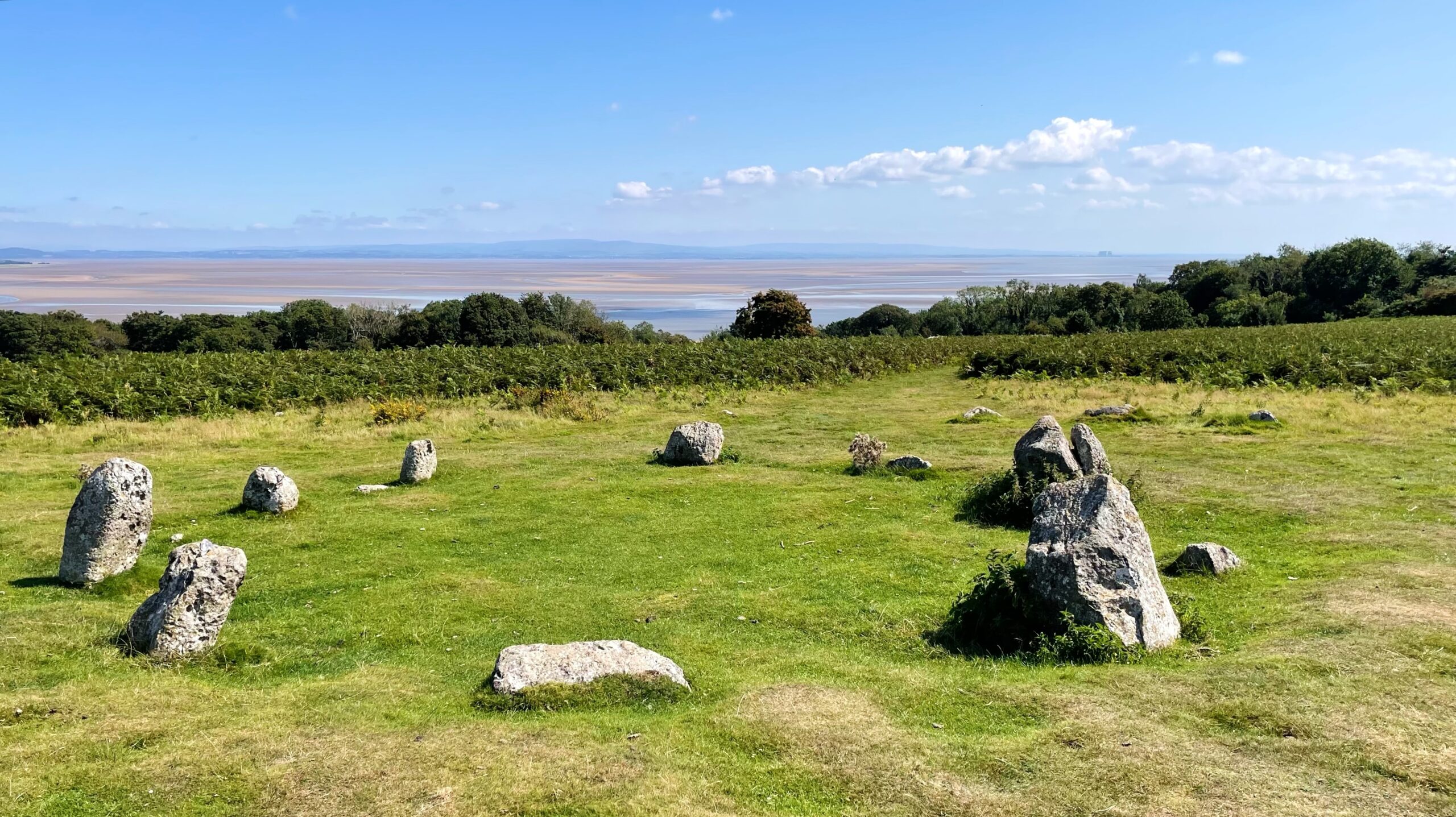Tag: prehistoric
-

Birkrigg Common Stone Circle
Of the roughly 250 stone circles known in England, only 15 are classed as concentric, formed of both an inner and an outer ring. The most celebrated examples are, of course, Stonehenge and Avebury. Less famous, but striking in its own right, is the Birkrigg or Sunbrick stone circle, also called the Druids’ Circle. It…
-

Bridestones Moor: The Burden of an Ancient Earthwork
A return to Bridestones Moor for the annual task of clearing the Scheduled Ancient Monument — the prehistoric dyke — of bracken and self-seeded saplings. Without this, roots and undergrowth would soon begin to damage what little remains of it. The dyke, a double bank and ditch nearly a kilometre long, is thought to date…
-

Departing the Hebrides, Not Quite Yet
That is it. The Hebridean escape has come to an end. But while I drag myself back into a Yorkshire frame of mind, I can still make use of the heap of photos that never made it into the daily posts. This one shows the summit of Hacklett Uachdar, a rocky rise on the southern…
-

The Lost Graves of Àird Allathasdail
Tràigh Hamara: a sweep of pale sand where today the Atlantic was rolling in quietly, one more perfect beach among many on Barra. But our attention was not on the beach. It was drawn to the headland opposite. Not the distant one, but the nearer stretch of low dunes and machair: Àird Allathasdail. In 2005,…
-

A Walk on Ilkley Moor: Wind, Rock Art, and a Mild Sense of Betrayal
A walk “On Ilkla Moor”, though not “Baht ’at,” as I had the good sense to wear a buff. The wind was still rather sharp. Ilkley Moor, an eastern limb of the Pennines, sits between the Wharfe and Aire valleys. This expanse of rough moorland is littered with relics of prehistoric activity. Chief among them…
-

Surveying the Past Before the Grouse Take Over
The final day of trudging around Brown Hill, dutifully noting the remains of Bronze Age cairnfields, settlements, and funerary monuments. By Monday, the moor must be left undisturbed so the Grouse can multiply, ensuring there are enough targets for the guns on the Glorious Twelfth. The weather, as ever, was obliging. No rain was forecast,…
-

Colmán’s Legacy: From Lindisfarne to Inishbofin (Possibly via Commondale?)
Today marks the anniversary of the death of Colmán of Lindisfarne in the year 675. A fine excuse, I thought, to wander over to Commondale, a place supposedly named after the saint. At least, that is what Tom Scott Burns claimed in The Walker’s Guide to the Cleveland Hills. But, as with most things, it…
-

Hill Hill and the Art of Furtling
It was one of those charming so-called “lazy winds”—the sort that cannot be bothered to go around you and instead cuts straight through, ensuring you feel every bit of its bitter, bone-chilling embrace. Hardly the sort of day for a leisurely stroll around Kildale Moor, but, there I have been, engaged in the enthralling task…
-

Dun Telve: An Ancient Scottish Broch
The Glenelg Brochs, so-called, are of course not actually in Glenelg at all. They are, if one insists on accuracy, in the smaller Gleann Beag, but such a trifling detail is likely of no interest to the modern tourist, who seeks spectacle over precision. Here, there are two of these ancient towers to be found,…
-

Castle Law: The Fort of the Maeatae Above the Plains
The Ochil Hills extend for 48 kilometres in a west-southwest direction, broadening into an 11-kilometre section without passes in the west. It is a range of hills which I do not know. Dumyat, a hill overlooking Stirling, rises to a modest 418 metres, with a steep southern descent to the Forth-Devon confluence, while its northern…